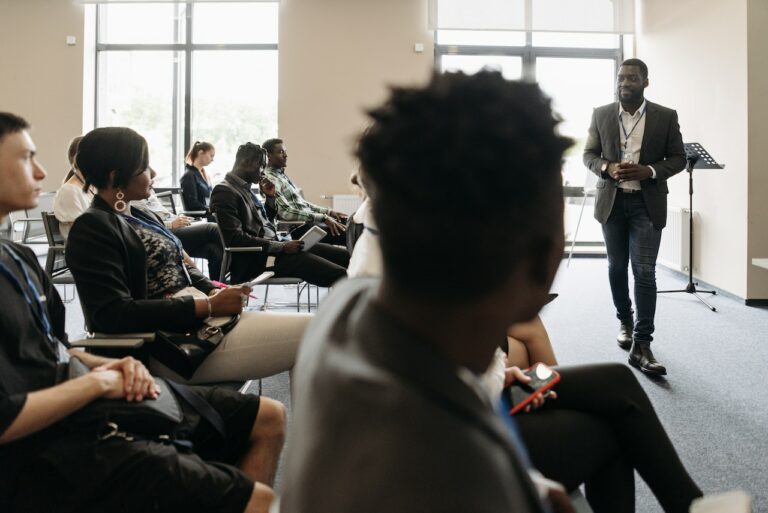As human interaction grows and deepens worldwide, so does the importance of community engagement. Community engagement is not only desirable but also necessary and possible. This is because it will likely lead to more fair, long-lasting public decisions and make local communities better places to live.
The community needs to be involved in the design or delivery of services. When it comes to the complexity of community problems, engagement helps better understand the needs and goals of the community.
Some of these stories center on environmental goals and connecting during the pandemic. But they are all about local communities from around the world having one thing in common: they value online public engagement.
1. Female Indigenous Solar Engineers Bring Light to Rural Belize
People who live in cities might find it hard to believe that some places still don’t have electricity in 2023. But more than 500 million people worldwide don’t have access to this “basic” service. District of Toledo’s people has to deal with this every day. Several towns in the countryside are far from the national electricity grid. Because of this, getting electricity to their communities was complicated and expensive.
The GEF’s Small Grants Program (SGP) paid for a partnership that helped close the gap. Small indigenous communities in the southern part of Belize were provided solar energy systems by the initiative led by three Mayan women who worked as solar engineers. In India, Barefoot College taught Florentina Choco, Miriam Choc, and Cristina Choc how to as part of a South-South cooperative exchange. So, the three women now build and fix home solar systems in the area.
Even though COVID-19 was ongoing, these women solar engineers, the national authorities, and some other partners installed and powered solar energy systems in two of Belize’s most remote and underserved communities. They could power 25 homes in just one of these towns, Graham Creek. It helped more than 150 people and 30 kids at a primary school.
2. Helping Venezuelan Native Families Stop Amazon Destruction
The capital and biggest city of the Amazonas State is Puerto Ayacucho. The Panare, the Yanomami, the Piaroa, and the Bari, are some of the tribes that live there. Many of these people had to leave because of problems in their social and economic lives. On top of that, there are issues involving armed groups and illegal mining in the area.
Amazonas Originaria is teaching a group of indigenous families. They were forced to leave their homes. They are now the stewards of the tropical forests near Puerto Ayacucho in a way that they use but don’t hurt it. They are learning to take care of cocoa, cupuacu, manaca, and tpiro plants, all native to the Amazon. They are also learning to use the plants’ fruits to make pulp, chocolate, baskets, and other things.
The SGP-backed project does the following:
- teach people how to make products from Amazon and eco-friendly packaging,
- giving them more ways to make a living, and
- helps restore parts of the degrading forest by replanting native trees.
3. Saving the Colombian Paramos Rich with Water
In the Andes, paramos are tundra ecosystems found above the tree line but below the snow line. They only take up 1.7% of the land in the country, but they provide 85% of the country’s drinking water.
Guardianas de los Páramos is a partnership between the Small Grants Program of the GEF and two other groups. They help with conservation and climate change projects in the TotaBijagual-Mamapacha and Paramos Pisba communities. The alliance focuses on getting women involved. In the past, it was harder for women to help the environment because of discrimination and unequal access to resources.
A total of 37 projects were chosen, which have helped around 2,400 families since 2020 to:
- bring back native plants,
- strengthen biological corridors
- keep protected areas in good shape,
- make changes to aqueducts, and
- set up agro-ecological home gardens to reduce traditional farming methods that are bad for the environment.
Wrapping It All Up
“What is community engagement?” is a good question, but it’s also important to know why it’s crucial to make a better place to live. Communities with a better quality of life show how important it is to be involved in the community.
You can build and keep your community together by getting involved in it. And, you help your governments better meet your family and community’s needs. Community engagement also leads to better outcomes for the poor or the underserved. And this aspect is a crucial driver of social and economic prosperity.


